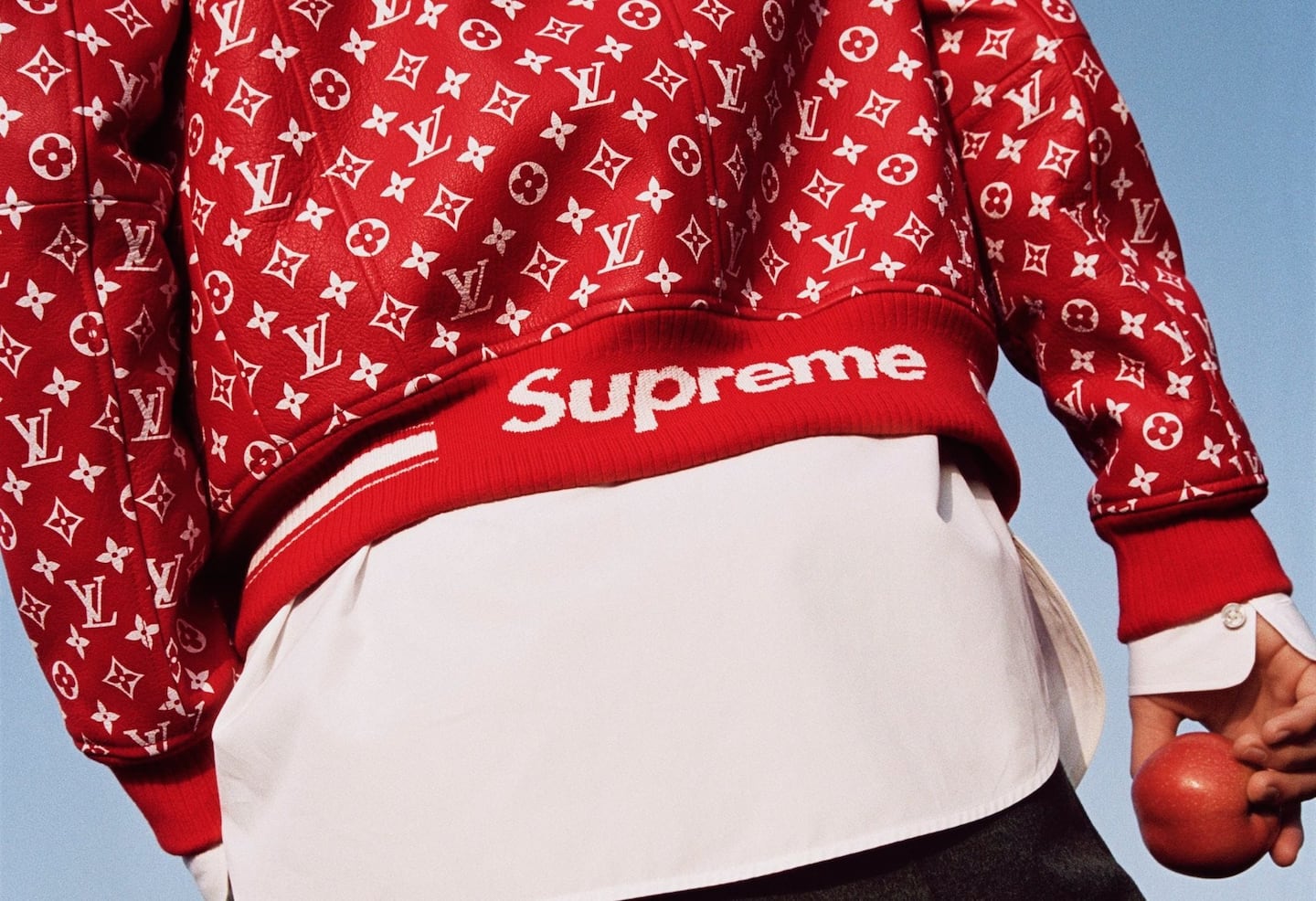
The Business of Fashion
Agenda-setting intelligence, analysis and advice for the global fashion community.

Agenda-setting intelligence, analysis and advice for the global fashion community.

MILAN, Italy — High-end streetwear helped boost global sales of luxury personal goods by 5 percent this year to an estimated €263 billion ($309 billion), according to a new study released Wednesday by consultancy Bain & Company.
After two years of flat growth, Bain said the sector is entering a period of stability, with the same 5 percent growth projections through 2020.
"Customers are becoming younger, and that is very good for the mid- and longer-term survival of this industry, since the younger generation seemed to be a little detached from luxury brands," said Federica Levato, a partner at Bain & Company, ahead of the study's release for the Altagamma association of luxury Italian producers.
Fashion houses have been actively courting Millennials in recent seasons, inviting social media and celebrity influencers to their front rows as part of their communication strategy. But it has taken streetwear to catch the interest of Generation Z born after 1995, including denim, T-shirts, rubber sliders and ironic detailing. Think of it as a Harajuku sensibility — with pastels, emojis and rainbow or unicorn detailing — taking global flight.
ADVERTISEMENT
"There is a big market of €2.5 million for luxury T-shirts, for example, that is growing very fast. And a half-a-billion-euro market for rubber sliders, which is very unusual in this market," Levato said.
While streetwear has proven to bring the next generation of consumers into the luxury fold, it is a double-edged sword.
"Streetwear is a macro-trend in all geographies" that represents a state of mind and transcends generations, Levato said. "We think it is more about how people live their lives and how people like to dress vis-a-vis 10 or 15 years ago, when work wear was more formal."
But it can be easily copied by producers of fast fashion. To counter that, Levato said, luxury brands are putting more emphasis into branding activities including Instagram Stories, creating relationships with influencers and making stores unique in each city to attract both tourists and domestic shoppers.
"Once it was all about beautifying a product. Now product is just one of the many levers you use to maintain and capture your customer," she said.
By Colleen Barry.
The LVMH-linked firm is betting its $545 million stake in the Italian shoemaker will yield the double-digit returns private equity typically seeks.
The Coach owner’s results will provide another opportunity to stick up for its acquisition of rival Capri. And the Met Gala will do its best to ignore the TikTok ban and labour strife at Conde Nast.
The former CFDA president sat down with BoF founder and editor-in-chief Imran Amed to discuss his remarkable life and career and how big business has changed the fashion industry.
Luxury brands need a broader pricing architecture that delivers meaningful value for all customers, writes Imran Amed.